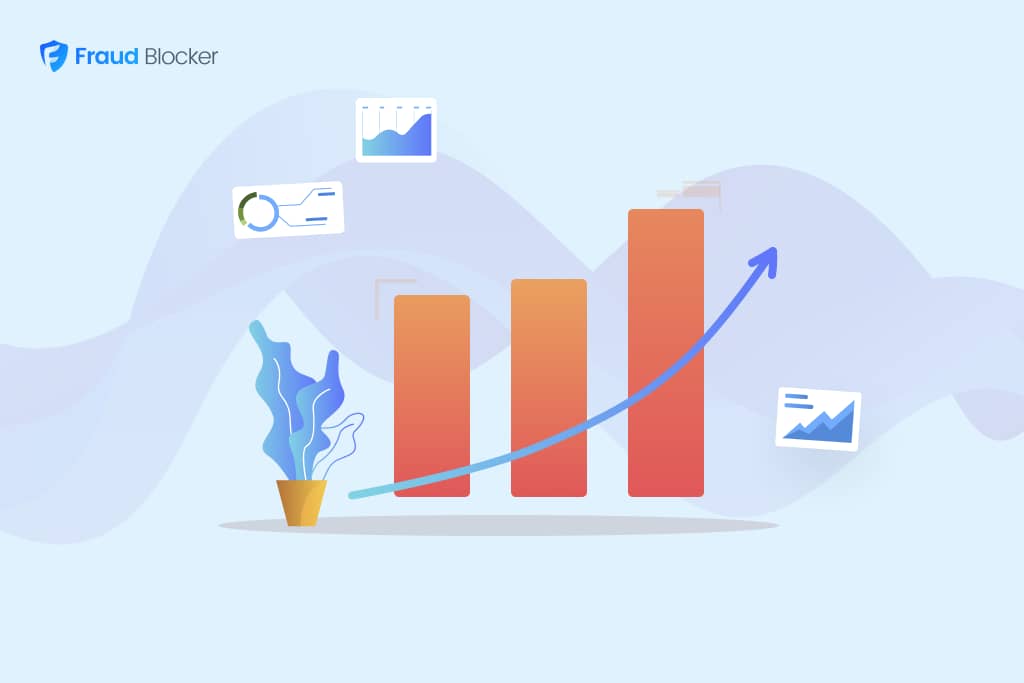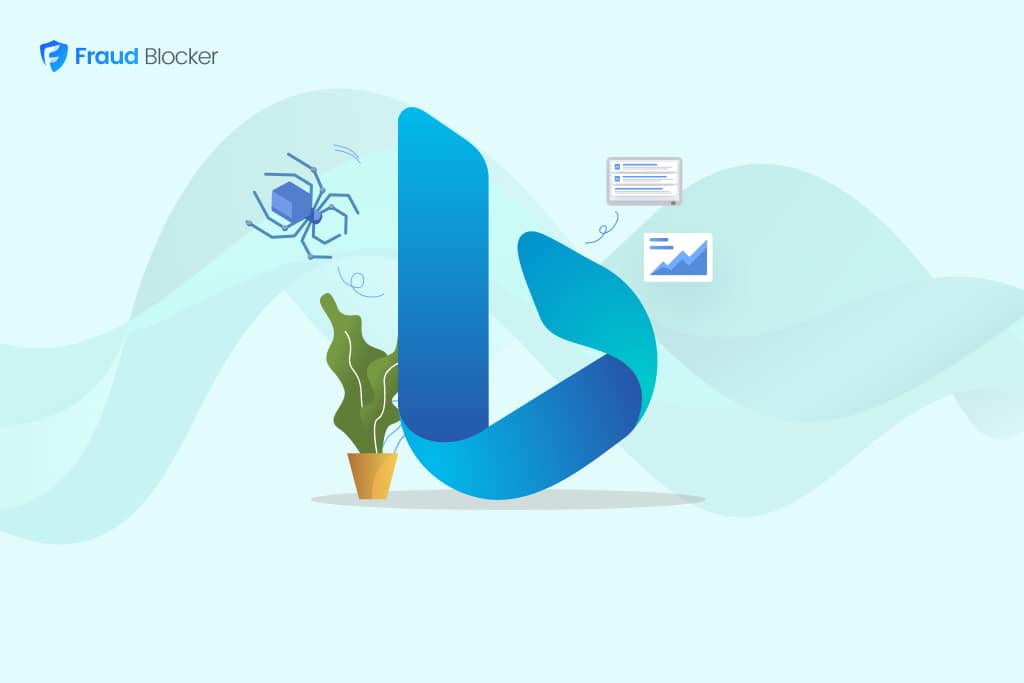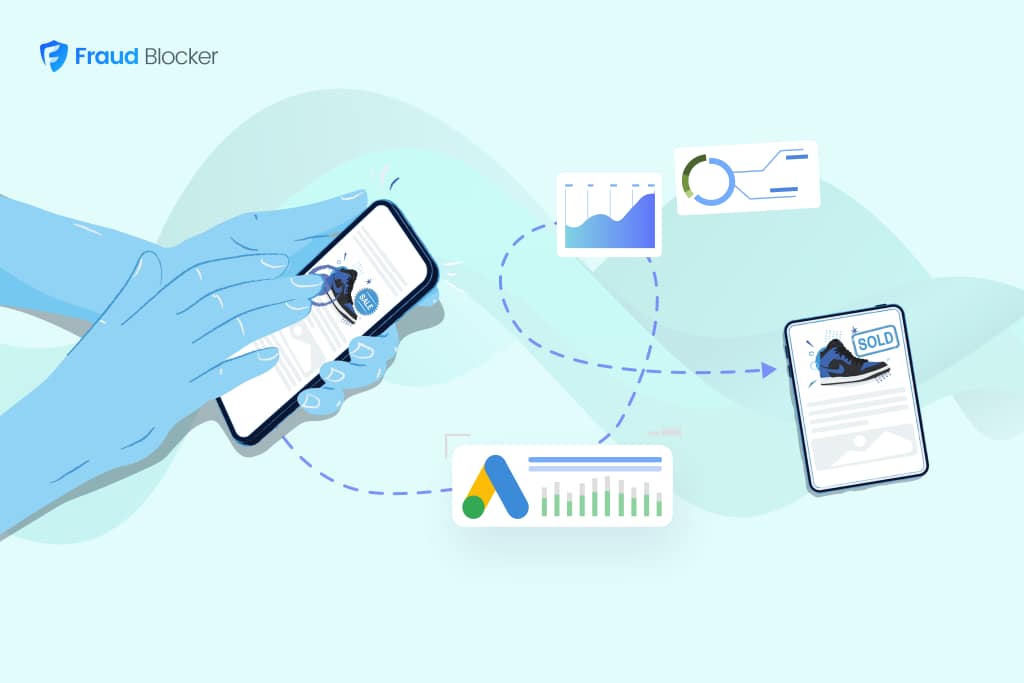
NEW New feature: Verify & block fake emails

We improve your ad performance by blocking click fraud and fake emails

Click fraud is costing advertisers billions in loses. Learn more here.

Click fraud is costing advertisers billions in loses. Learn more here.

Conversion rates are sensitive. Studies show they can drop by 0.3% for every extra second your page takes to load, and having too many form fields can cut your conversion rates in half.
Since conversions can make or break your campaigns (and possibly your business overall), conversion rate optimization should be a top priority for marketers. But to get the best results, you can’t just stick to the basics; you must explore out-of-the-box ideas like emotional targeting and post-conversion interactions.
We’ll explore these unique methods and share tactics that new and seasoned marketers can use to increase conversion rates, and see how you can turn more visitors into paying customers.
Before we get into advanced strategies, let’s start by reviewing the basics: Conversion Rate Optimization (CRO) is the process of enhancing websites, landing pages, and campaigns to boost the percentage of visitors who complete desired actions, like purchases or form submissions.
Conversion rate optimization is important because it helps:
The average conversion rate for Google Ads across all industries is between 1% and 5%. A quarter of all businesses have a conversion rate of 1% or less, with most hovering at about 2.35%. The top 25% performers see about 5.3% conversion rates. (WordStream)
While much of marketing focuses on turning prospects into first-time customers, there’s real growth potential in what happens next. Upselling and cross-selling opportunities can contribute significantly to overall revenue – the average SaaS business generates 16% of its new annual contract value (ACV) from upselling to existing customers.
You can create personalized follow-ups like automated emails featuring exclusive discounts, bundle offers, or tailored product recommendations to drive additional purchases.
An engaging onboarding experience—such as tutorial videos or quick-start guides—can also help software users see immediate value in their purchase and set your business up for repeat sales and long-term relationships.
If your solution appeals to a diverse audience group. generic messages may not capture their attention. Dynamic content tailored to smaller, well-defined audience segments, on the other hand, could be a big win.
Leverage dynamic email builders like Mailmodo or MailerLite and website personalization tools like Hubspot, to deliver content and creatives that align with specific interests, behaviors, and preferences.
For example, a visitor browsing winter apparel might see exclusive offers on coats, while another looking at workout gear might get a discount on fitness bundles.
Forms are critical in the conversion process, but long, complicated forms can drive users away. Streamline forms by asking for only essential information. For example, instead of requiring five fields, try reducing it to three while maintaining the necessary data quality.
Three form fields are the sweet spot for optimal conversation, according to a research study.
You can also implement autofill options to speed up the process and help users complete the form before they lose interest.
Read more: How form bots hurt marketing campaigns
Even minor barriers during the checkout process can derail a potential sale, so it’s important to simplify every step and get leads to convert effortlessly.
One effective way to reduce friction is offering multiple payment options. Studies show that 59% of shoppers will abandon their cart if their preferred payment method is unavailable. Taking credit cards, PayPal and digital wallets (Apple Pay or Google Pay) ensures that customers can choose the most convenient option and convert.
Providing guest checkout options can also reduce overall friction, as 86% of users may leave when forced to create an account. Instead, consider allowing users to check out as guests and then encourage them to create accounts after conversion.
Up to 70% of all shoppers abandon their carts before checking out, but targeted email campaigns can help recover lost sales. Use personalized emails to remind users of the items left in their cart and limited-time discounts or free shipping offers to give them extra incentive to return.
Timing is also critical here – an initial email within a few hours of cart abandonment, followed by a gentle reminder a day later–can yield amazing results.
5 out of 10 visitors will abandon a webpage if it doesn’t load within the first few seconds, derailing conversions before they even begin. Marketers must ensure their pages load quickly, as even a one-second delay can reduce conversion rates.
Tools like PageSpeed Insights can identify areas for improvement, such as compressing images or enabling browser caching. Since mobile traffic dominates, optimizing pages for mobile users is non-negotiable.
Also, correct bad location targeting in Google Ads, so the right people find your pages.
A/B testing is the backbone of conversion optimization, allowing marketers to make data-driven decisions. Whether it’s testing headlines, CTAs, page layouts, or button colors, running controlled experiments helps identify what your audience responds to the most.
The key is to test one variable at a time and use the results to refine your campaigns, improving performance with each round.
Visual elements can really enhance the impact of your copy, making your message more engaging and memorable. High-quality images, videos, and infographics not only capture attention but also help communicate complex ideas more effectively.
This is why explainer videos showcasing products in action are so much more effective than text alone. The right visuals can create an emotional connection with users, boosting their conversion likelihood.
Read more: Google Ad Writing examples
Understanding and addressing the emotional state of your audience can dramatically increase conversions since buying is an emotional decision.
Emotional temperature targeting involves crafting campaigns based on audience sentiment. These sentiments can be analyzed with tools like Medallia that help you sift through and classify raw text, whether social posts or reviews.
Positive feedback, like reviews and testimonials, can inspire campaigns that amplify those emotions, while negative sentiment shows you opportunities to provide solutions or reassurances.
For example, a brand might run a campaign highlighting stress relief products after identifying anxiety-related trends in social media mentions. Aligning with your audience’s emotional state can make your message more relatable and impactful, potentially increasing conversion rates.
The beauty of retargeting ads is that they go beyond basic remarketing by telling a story across multiple touchpoints. Instead of showing the same ad repeatedly, you can guide users through a narrative that builds trust and interest.
Here’s what a sequence might look like:
This progressive approach keeps your audience engaged, provides a cohesive journey, and can foster a stronger connection, increasing the likelihood of conversion.
On the flip side, sequential ads can lead to ad fatigue, a limited reach, and rapidly climbing ad costs. As a result, you should carefully plan your sequences and monitor performance metrics closely.
Read more: How to Calculate CPM and other PPC Formulas
Heatmaps provide invaluable insights into how users interact with your landing pages. You can find elements that grab attention and areas where users lose interest by analyzing click patterns and scroll behavior.
If users frequently ignore CTAs, they might be better placed or need more clarity. Adjusting these elements based on heatmap data can help optimize your pages for user behavior, increasing the likelihood of conversions.
Hotjar and Smartlook are great tools for analyzing your landing page heatmaps.
Interactive content like quizzes, calculators, and augmented reality (AR) experiences can captivate users while gently guiding them toward a purchase. A great example is a fitness brand using a calorie calculator to engage users, followed by personalized recommendations for fitness programs.
Excessive pop-ups, busy navigation menus, and cluttered page designs can overwhelm users and reduce conversions. There’s a case for exit-intent popups boosting conversion rates, but too many conflicting elements can annoy users.
Simplify your pages by focusing on the essentials, like your headline, product information, and CTA. Removing distractions helps users stay focused on the action you want them to take.
You can also simplify your ads by using these powerful exclusions to stop wasted spend in Google Ads.
Click fraud can skew your campaign metrics and waste valuable ad spend, reducing conversions. A solution like Fraud Blocker protects your ads from fraudulent clicks by detecting and blocking suspicious activity in real time. With cleaner traffic and accurate data, your marketing campaigns can focus on genuine leads, driving higher ROI and conversion rates.
Start a 7-day free trial to see how much bot traffic you can successfully block.


